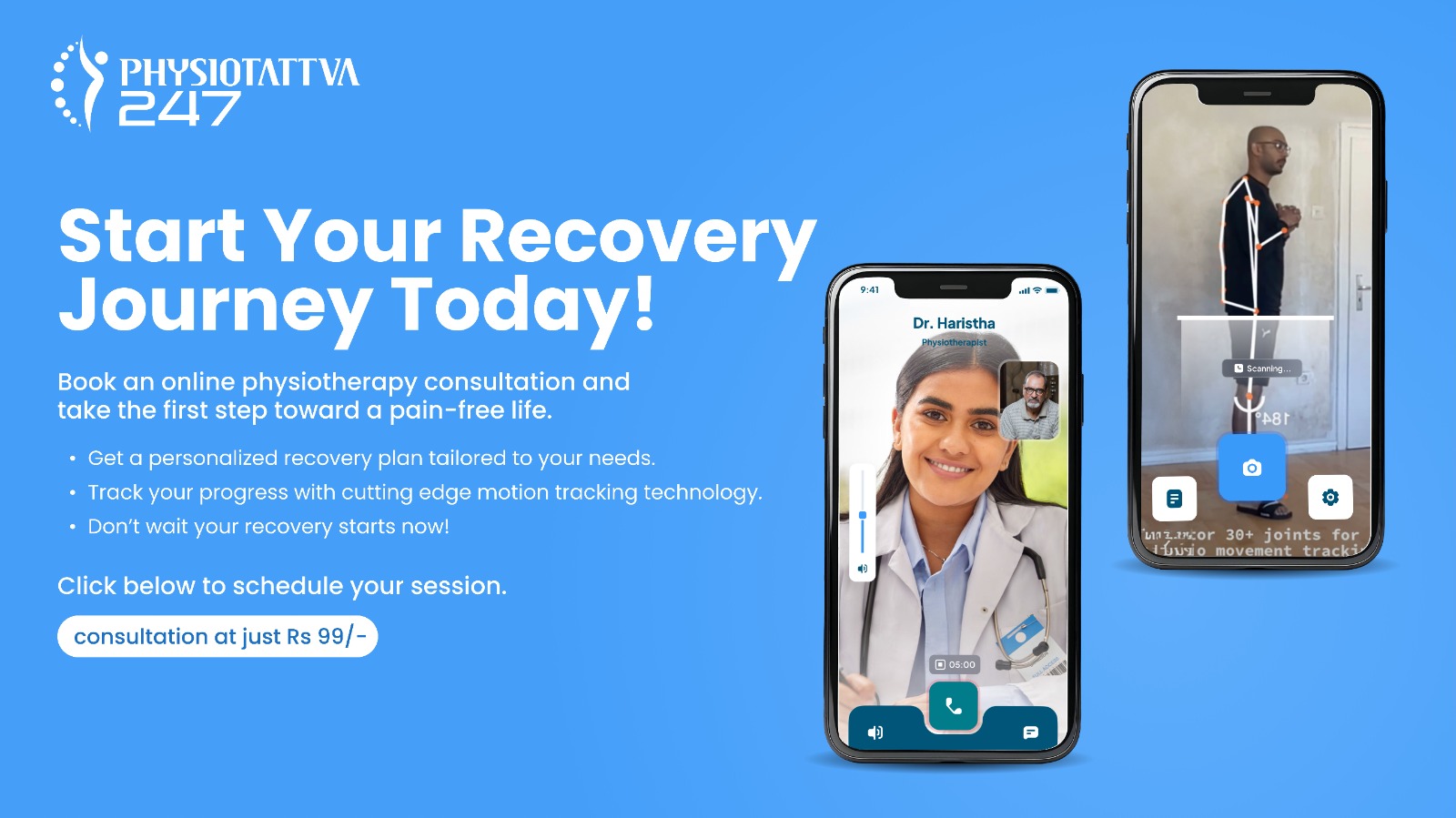Types of Cryotherapy:
The most popular type of cryotherapy is Whole Body Cryotherapy or WBC. The experts use extreme temperature like a sharp drop to 250 degrees below Fahrenheit to achieve the desired health effect. A few minutes of the treatment is sufficient to stimulate the reaction.
The procedure will also vary depending on the location of the abnormal tissue.
- The external location of the abnormal tissue will only need the spraying device or the cotton swab for application.
- Internal treatment is possible through the use of an instrument called a cryoprobe. The technician will insert it through a small incision on the skin.
Risks of Cryotherapy (Cold Therapy):
Cryosurgery and cryotherapy are minimally invasive procedures. Still, there are minimum risks associated with the therapy. These complications include:
- Bone fractures
- Visible swelling, skin infection, and scarring
- Numbness arising due to nerve damage
- Bleeding, pain, or cramping after cryotherapy, especially around the cervix.
Benefits of Cryotherapy Cold Therapy:
There is indeed a considerably long list of benefits of the therapeutic procedure.
1. Reduction of migraine symptoms
Cryotherapy or cold-therapy will reduce the migraine symptoms by cooling and numbing all the nerves in the neck region. The process works by colling the blood circulating through intracranial vessels.
2.Numbing nerve irritation
Athletes prefer cryotherapy for the treatment of injuries because the process can numb the pain. As the freezing cold will numb all the irritated nerves, you cannot feel the pain in the affected area. Doctors insert a small probe in the nearby tissue of the affected area to treat the condition. The procedure helps in the treatment of pinched nerves, acute injuries, and chronic pain.
3.Treating mood disorders
Whole-body cryotherapy stimulates physiological hormonal response. It will include the production of endorphins, adrenaline, and noradrenaline. So it will have a positive effect if you are suffering from mood disorders like depression and anxiety.
4.Reduce arthritic pain
Localized cryotherapy will cause a significant reduction in pain in people who have arthritis. It is aggressive physiotherapy to bring about the effectiveness of many rehabilitation programs.
Who shouldn’t Undergo Cryotherapy or Cold Therapy:
If you have diabetes or other similar physiological conditions that affect the nerves, it is better not to undergo cryotherapy. It can damage the nerves further.
The time for which you need the therapy is important. A span of four minutes is sufficient for whole body cryotherapy. The application of ice packs and ice baths should not go beyond 20 minutes. Exposing the body to such extreme temperatures beyond the suggested limit will adversely affect the body.
How to Prepare for Cryotherapy:
According to the healthcare providers, no special preparation is necessary to receive the therapy. The medical expert will provide you with all the instructions before undergoing internal cryotherapy.
- You may have to stop the intake of some medicines you regularly take, such as aspirin or other blood thinners. The doctor will tell you when to stop the oral medication before the cryosurgery.
- There will be limitations of the quantity of food and liquid intake before the procedure.
- Request someone to drive you home after the procedure.
Recovery: What happens after Cryotherapy:
When you leave the cryotherapy chamber, the skin temperature can drop between 35 degrees and 50 degrees Fahrenheit. The skin will be flush red until you warm up. It can take almost 15 minutes or more. Blisters may appear too. If you feel mild pain, it will usually stay for a maximum of three days. A scab will form at the treated area, and it will heal in a couple of weeks or more.
If you had internal cryotherapy, then the soreness and mild pain will remain in the affected area for three days. For women who undergo therapy on the cervix, discharge of watery substances will continue for a few weeks.


.webp)

-Physiotherapy.webp)
-for-Shoulder-Pain-Relief.webp)
-for-Knee-Pain-Relief.webp)


-for-Back-Pain-Relief%20(1).webp)





.webp)











.webp)


.webp)
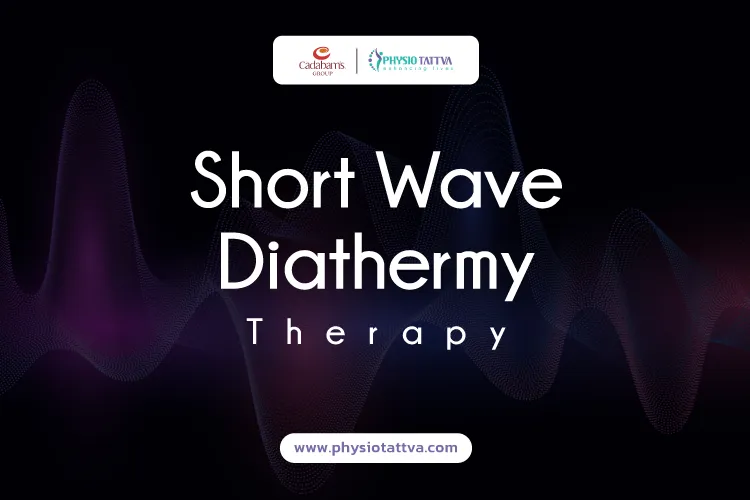
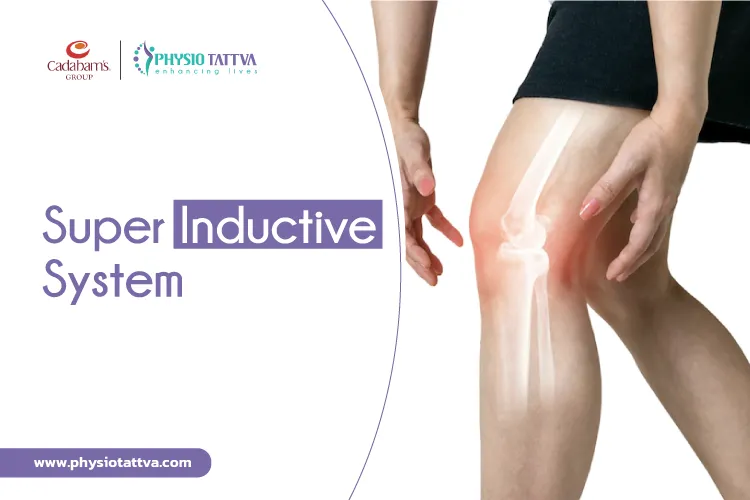
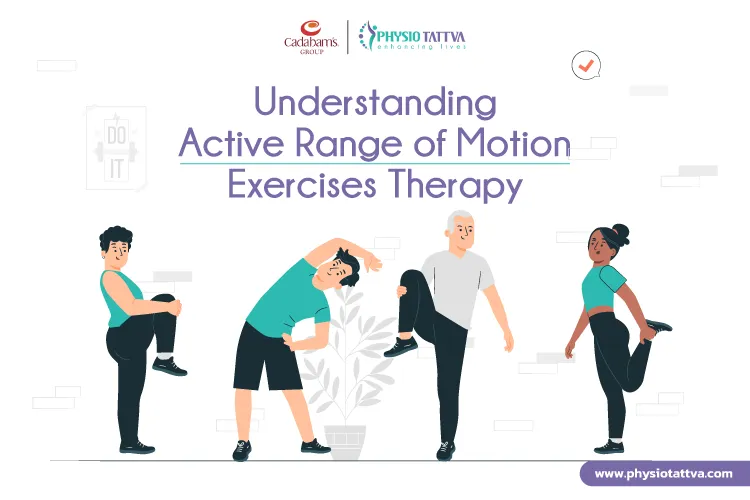
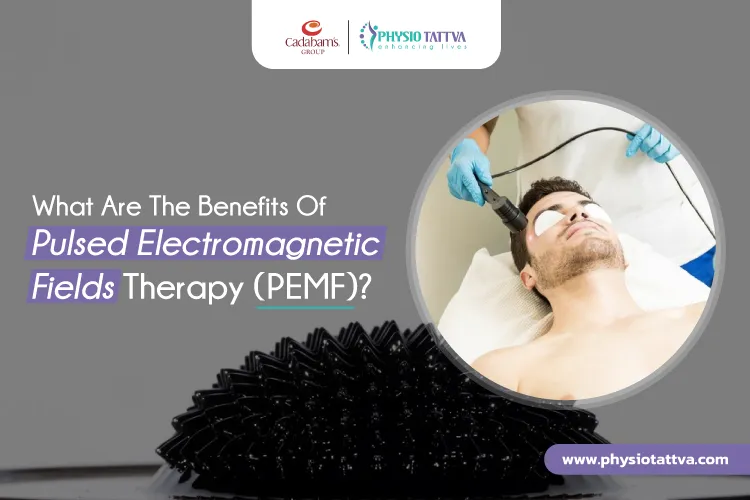

.webp)
.webp)


.webp)

.webp)
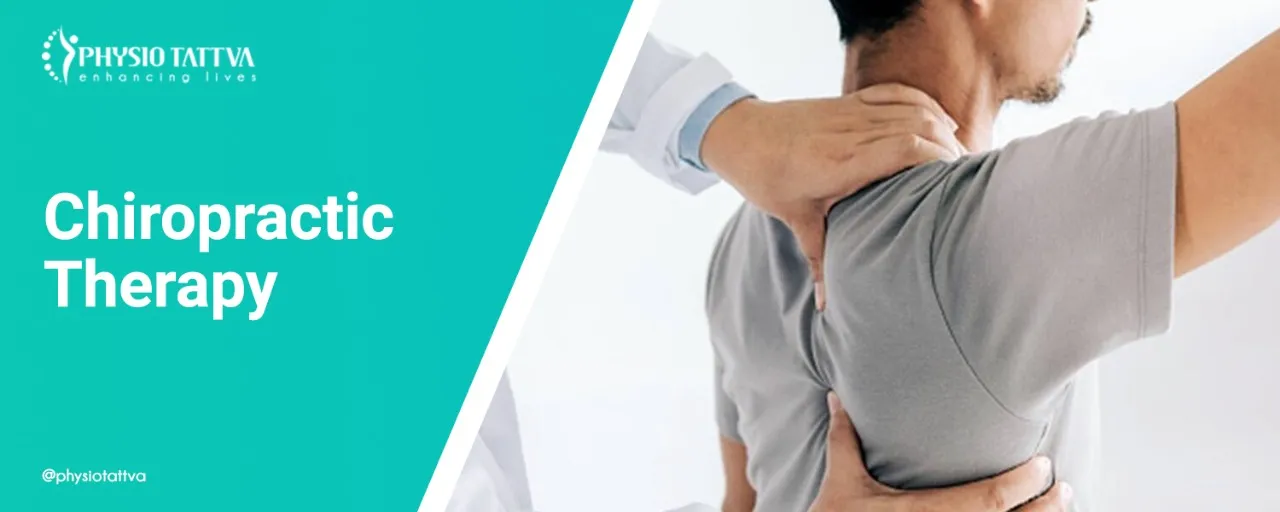
.webp)
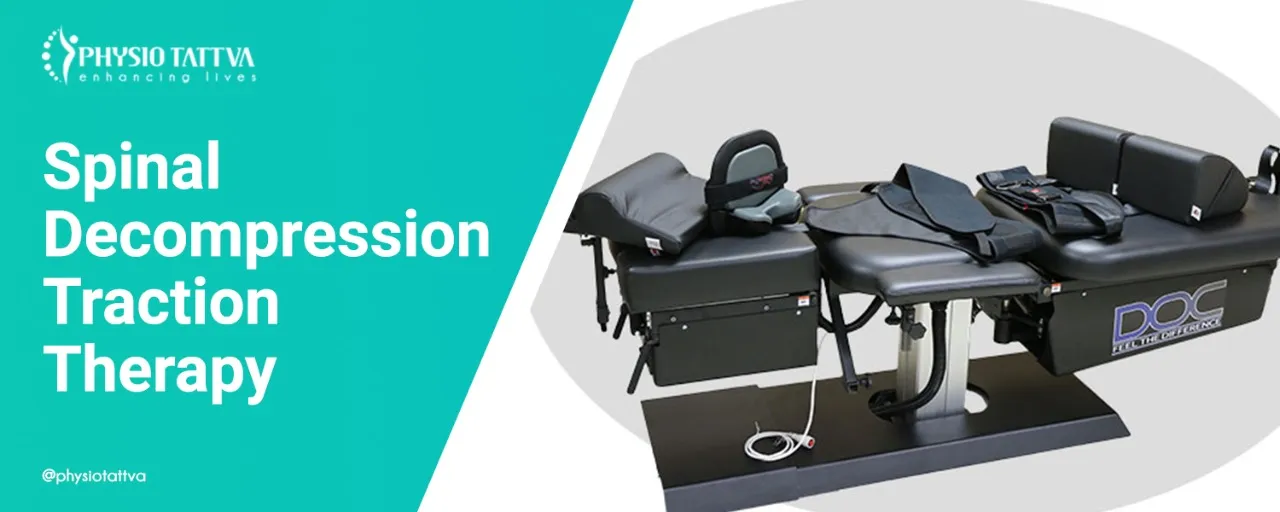
.webp)
.webp)
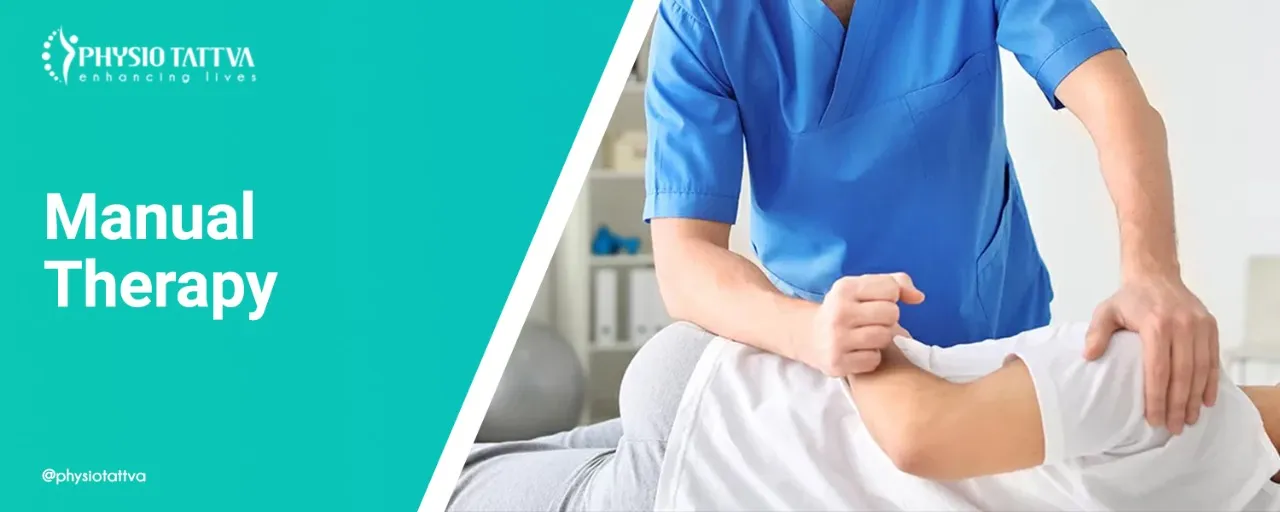
.webp)

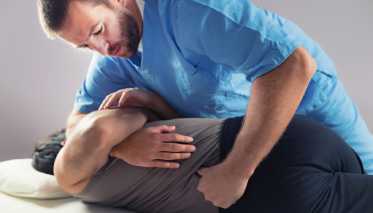


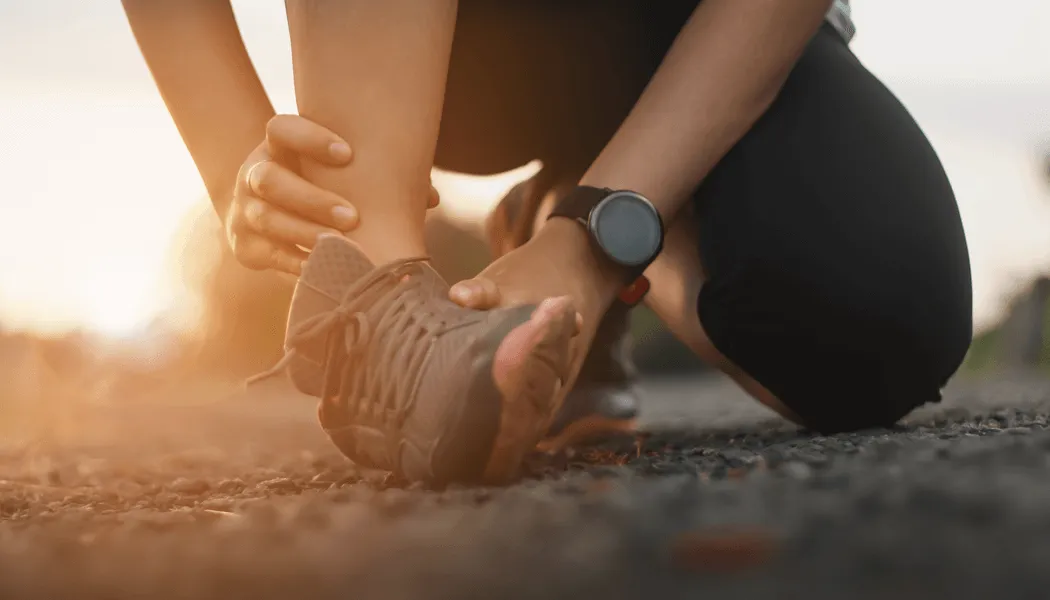



.webp)
.webp)
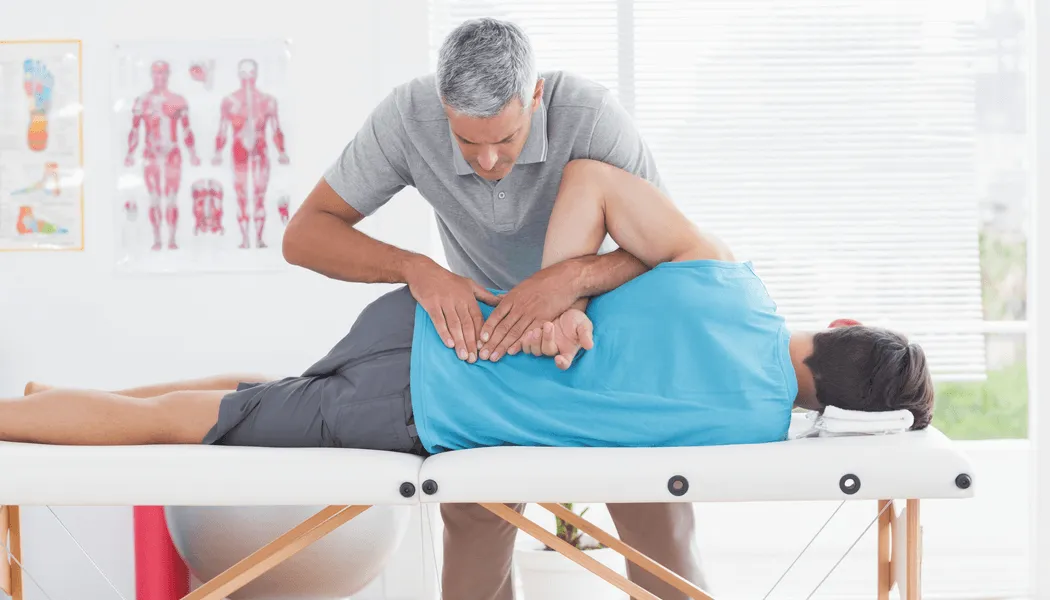

.jpeg)
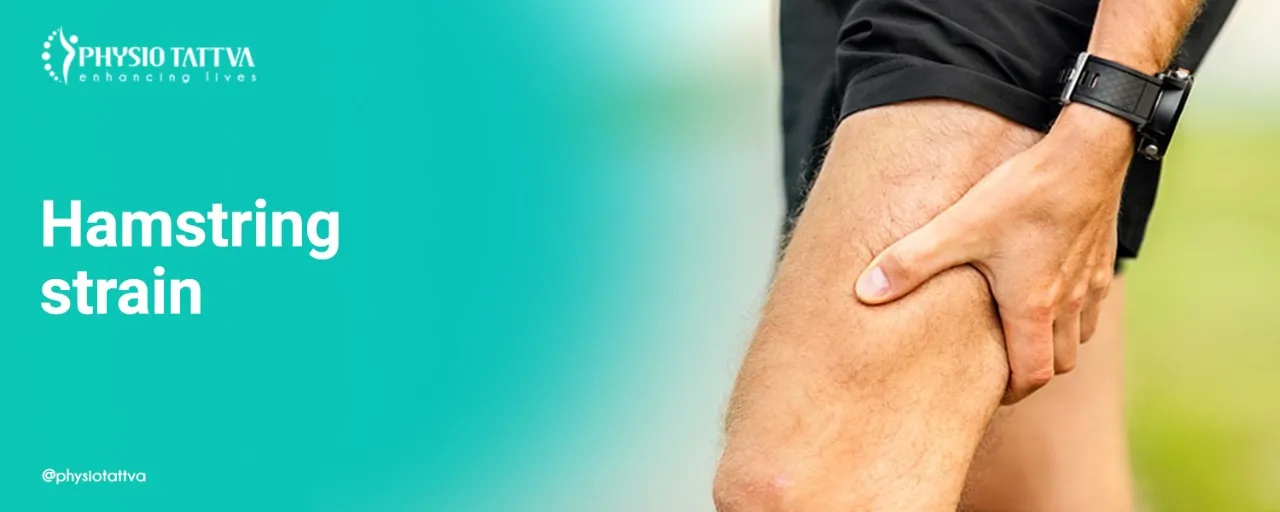
.jpeg)

.webp)
.webp)

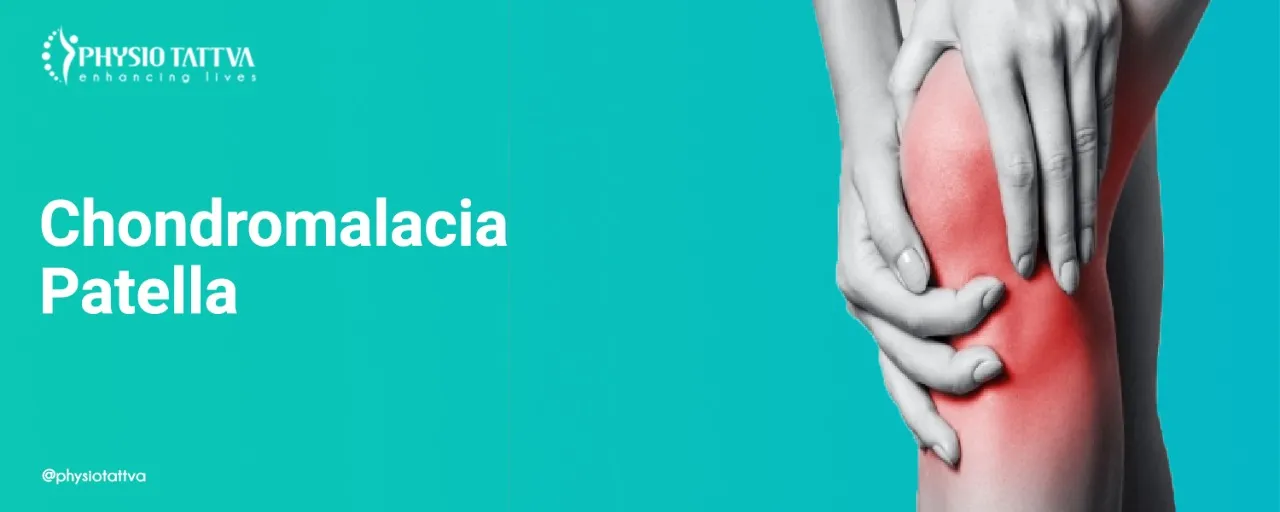
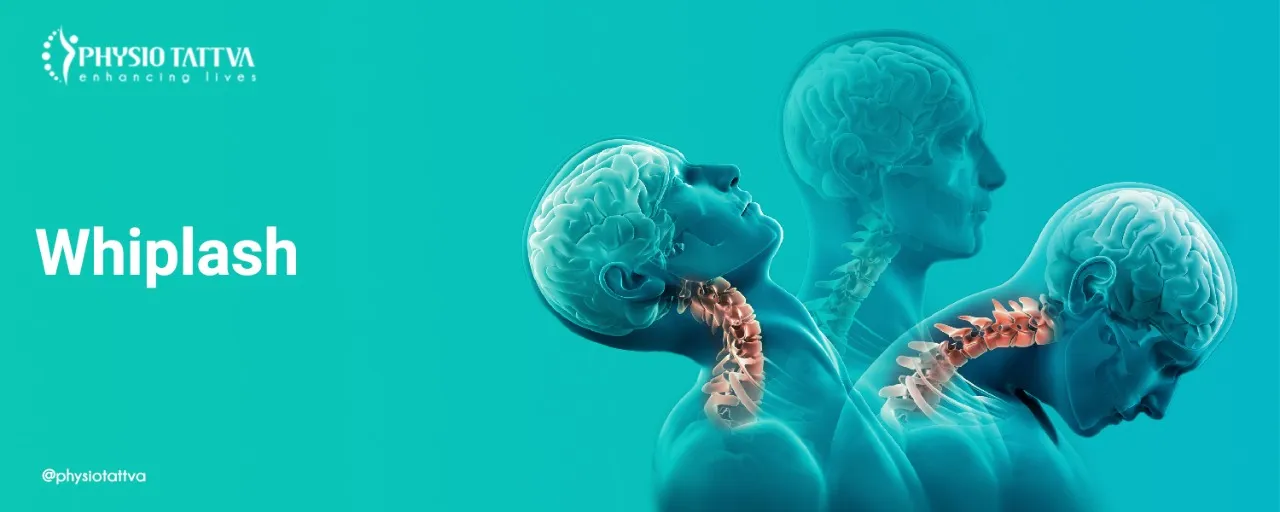


.webp)
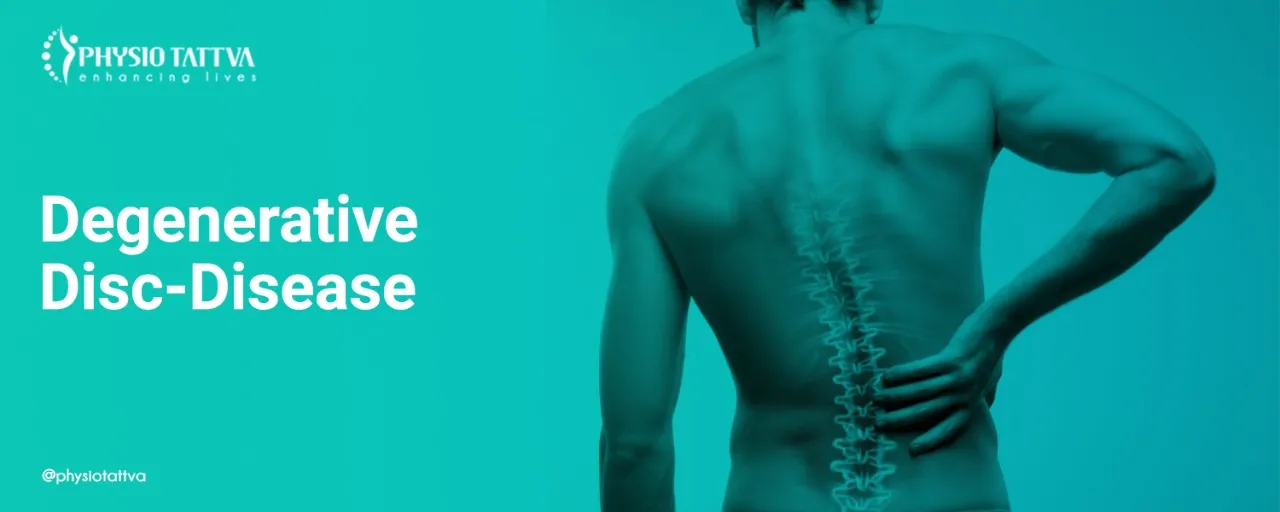
.jpeg)






.png)





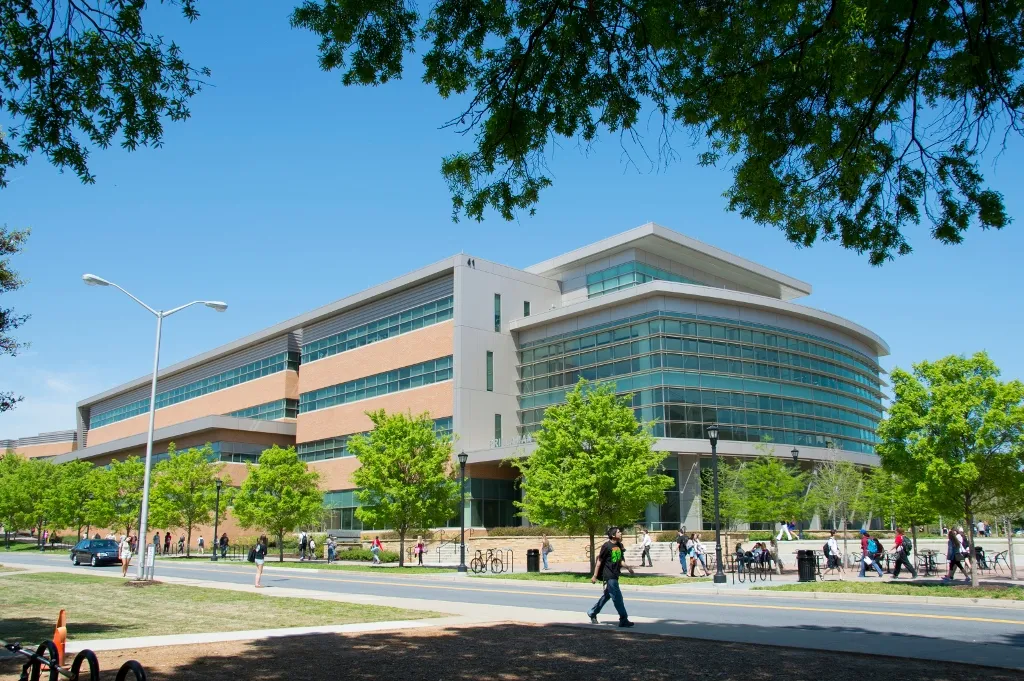



%20(1)-p-3200.jpeg)


.jpg)
.webp)
.webp)
.webp)
